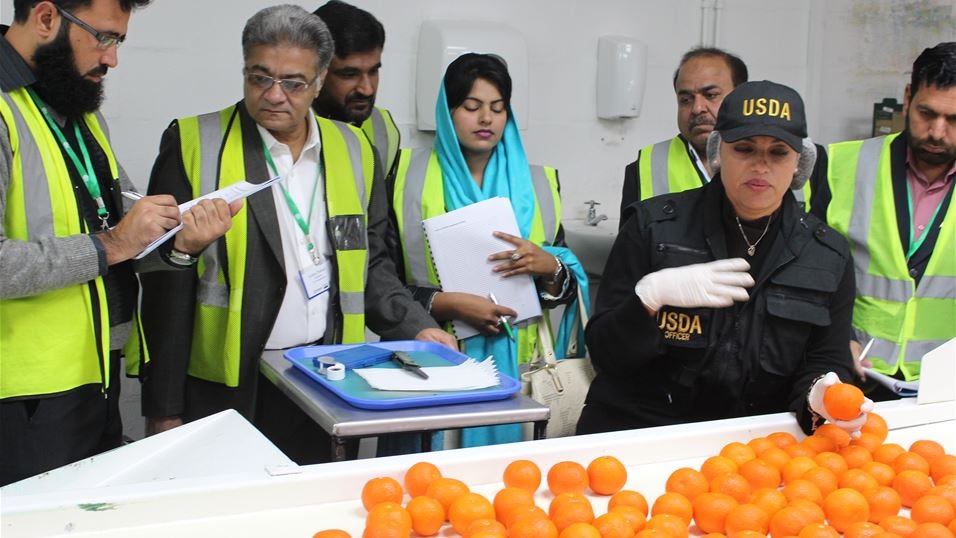Is parthenium weed allergy problem worse than that of annual ragweed?
By Asad Shabbir Parthenium weed and annual ragweed are closely related members of the Asteraceae, known for their high allergenicity. The detrimental effects on human health of the more temperate annual ragweed are very well known. However, those of the more tropical parthenium weed are less well known and in fact much more severe, affecting…
Giving garlic mustard the biocontrol treatment
In eastern North America a species of weed has become an aggressive invader. Garlic mustard (Alliaria petiolata) is one of the most rapidly increasing woodland invasive plant species, spreading across northeastern and midwestern USA and southeastern Canada at a rate of nearly 2,500 square miles per year. The plant was most likely introduced to North…
Wasps – the good, the bad and the downright irritating
Whether trying to cajole one out of your office or running for cover after it seems a little too interested in your food we have likely all encountered the common wasp (Vespula vulgaris) more than once during this particularly wasp-heavy summer. But did you know that this is just one of 9000 species of wasp…
The impact of invasive species on human health
By Giuseppe Mazza and Elena Tricarico, Università degli Studi di Firenze, Italy Invasive species are becoming a popular topic in newspapers: when articles appear, they mainly report the damages invasive species can cause to our ecosystems (e.g. reduction or disappearance of native species as well as habitat modification) or to our economic activities: fishing or…
Invasive species: the threat to human health
The damage that invasive species can cause to the environment and the economy are well known, but impacts on human health have been much less analysed. However, invasive species can cause impacts ranging from psychological effects, phobias, discomfort and nuisance to allergies, poisoning, bites, disease and even death. Invasives experts Giuseppe Mazza and Elena Tricarico…
Building capacity for greater food security in Pakistan
As part of CABI’s mission to help farmers grow more and lose less, we have been funded by USAID – via the United States Department of Agriculture (USDA) – to help Pakistan improve its sanitary and phytosanitary (SPS) systems and therefore open up its fruit and vegetables to more high-end global markets that were previously untapped. Currently these products only contribute 13% of the country’s export but improvements to its SPS capabilities could see this number rise significantly.
Why biological control is an important tool to manage problematic invasive species in Europe
Over the last few years, biological invasions have become a regular topic in the news. Today the general public is probably better informed about the negative environmental and economic impacts alien invasive species can cause than ever before. However, concern about invasive species and the search for methods to sustainably manage them has a much longer history, dating back to the 19th century
One of our invasive species in the mainstream media
Picture: ©Muséum de Toulouse/Didier Descouens-2013. CC BY-SA 3.0 Some of the species that are included in our open-access Invasive Species Compendium are well known to the general public, for example Japanese Knotweed. Others are more obscure, and I had never heard of the Asian Hornet, Vespa velutina, until I edited the datasheet about it earlier…
- « Previous
- 1
- 2




